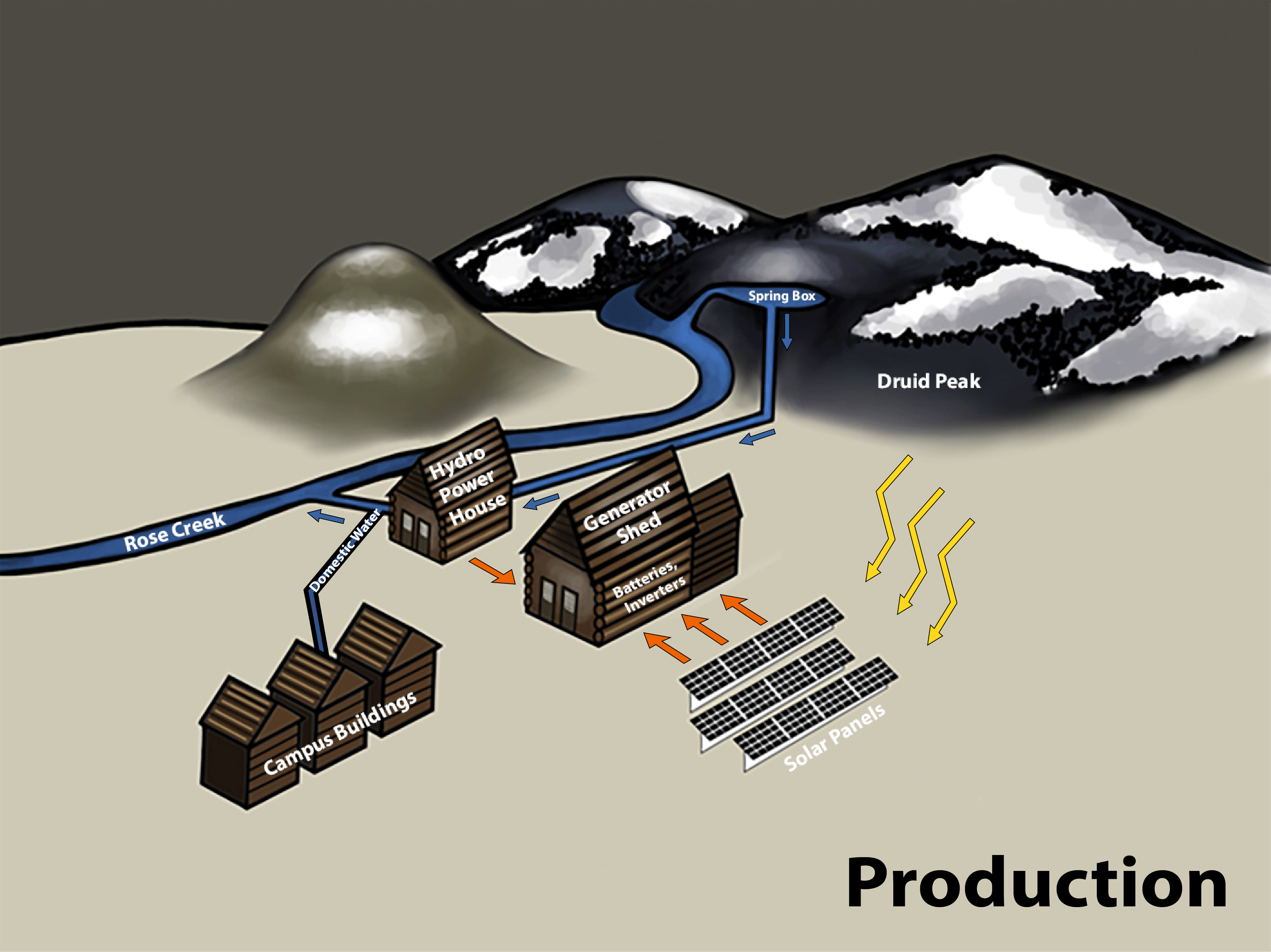Lamar Buffalo Ranch

46.4°F
33%
8.9mph
716.3W/m2
About Energy Dashboard

The Lamar River flows from the Absaroka mountains in the northeast corner of Yellowstone's Northern Range through Lamar Valley; famous for abundant wildlife and beautiful scenery. Here the Lamar Buffalo Ranch is the only development, still a grouping of rustic buildings important in the wildlife management history of North America.
The ranch was established in 1907 to save the American Bison population which was fewer than 25 individuals at the time decimated by hunting. Congress appropriated $15,000 to purchase 21 bison to supplement the herd which was managed in Mammoth for the first few years and then in Lamar Valley until the mid-1950s. With great success, the bison population in Yellowstone has grown to an estimated 4,000 individuals and is able to sustain numbers without help of the ranch.
The Lamar Buffalo Ranch in its remote setting retains its historic buildings and corrals and additional cabins were added in more recent years to support an education center. It has never had mainline power and the electricity used at the ranch is now produced by both solar and hydro power.
An environmental assessment and energy audit in 2013 identified ways to reduce fossil fuel use in daily operations and a multi-phase plan is being implemented to increase renewable energy, reduce overall demand and fossil fuel use. All heating, hot water and cooking at the ranch is still run on propane as there is not enough electricity to support them. The ranch now has a 44 kW photovoltaic array and a 2.5 kW hydro system with approximately 100 kW hours of storage potential and backup propane generator.
Many of the buildings have been made more energy efficient with updates such as improving insulation and windows, but there is still much work to be done to reduce fossil fuels. Yellowstone hopes to convert some of the propane appliances, such as hot water, to electric in the future and will continue to improve buildings and systems such as switching to all LED lights. Ongoing monitoring of the power both; the demand from each building as well as the renewable energy production helps Yellowstone staff direct their efforts.
